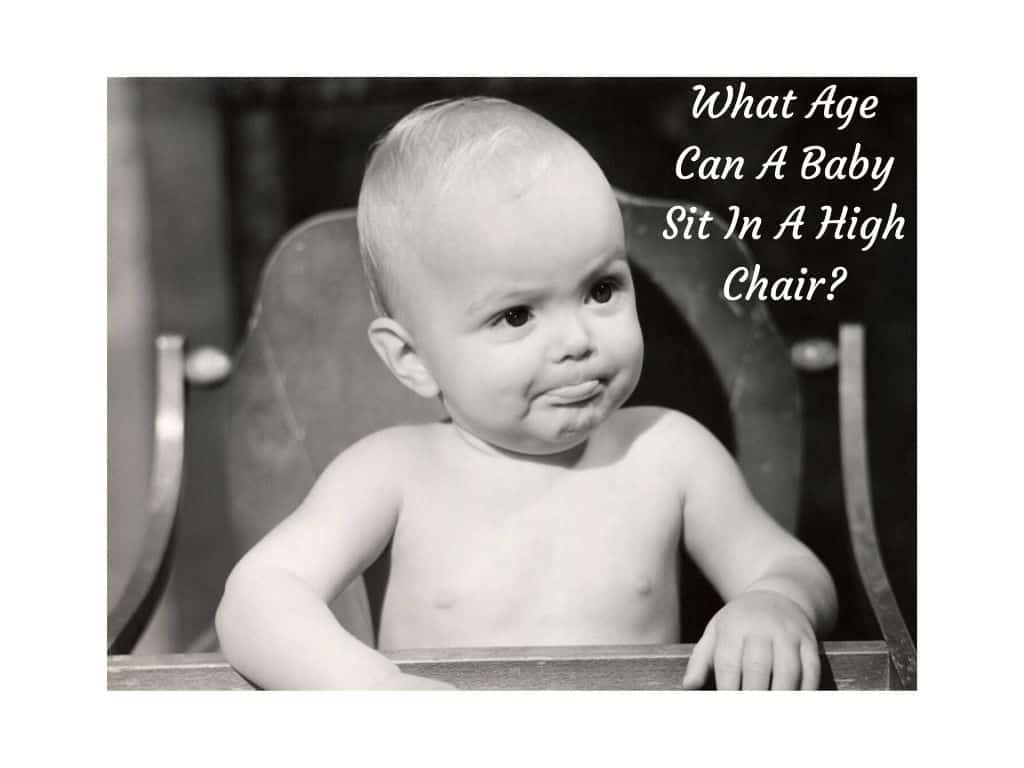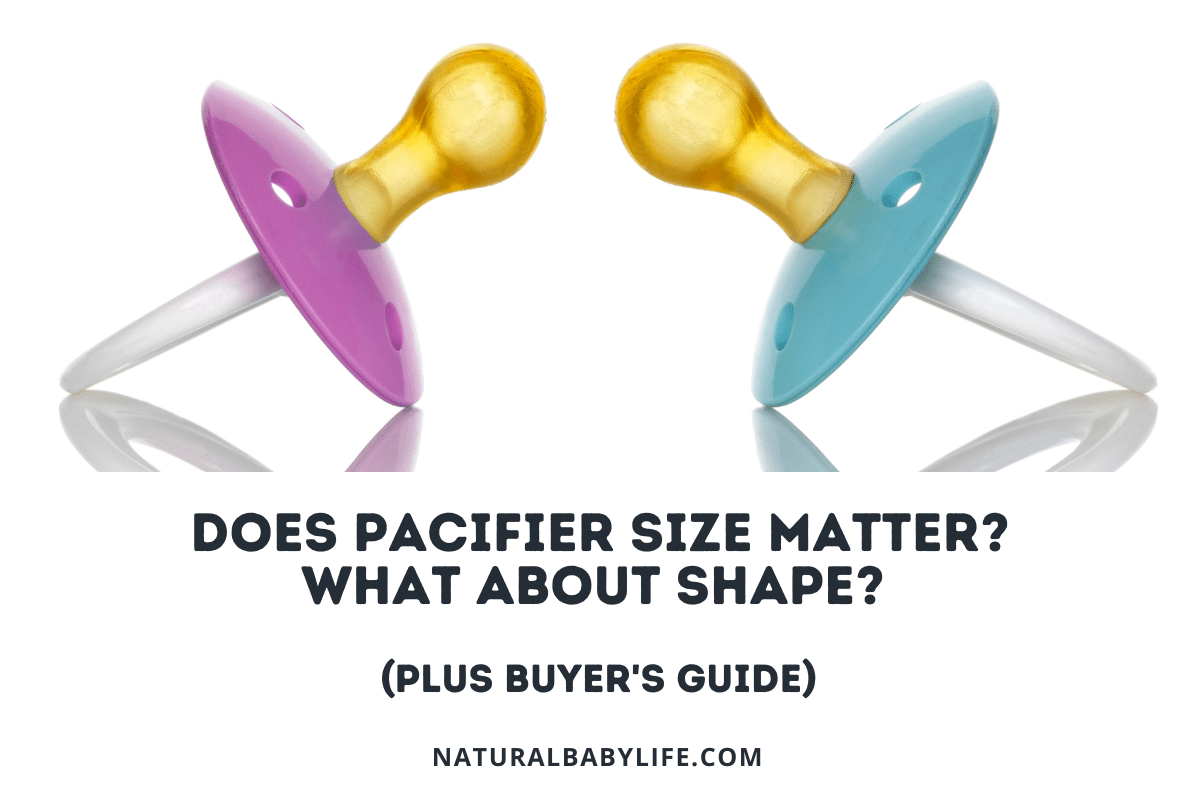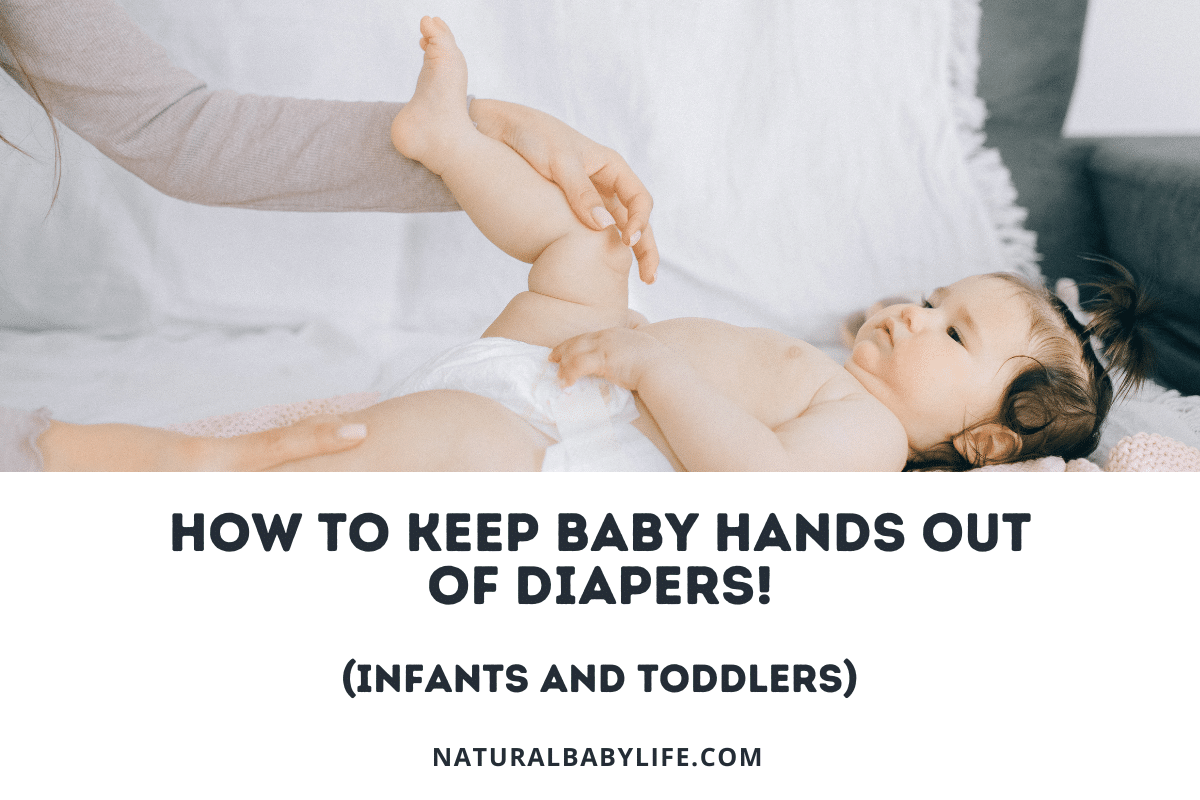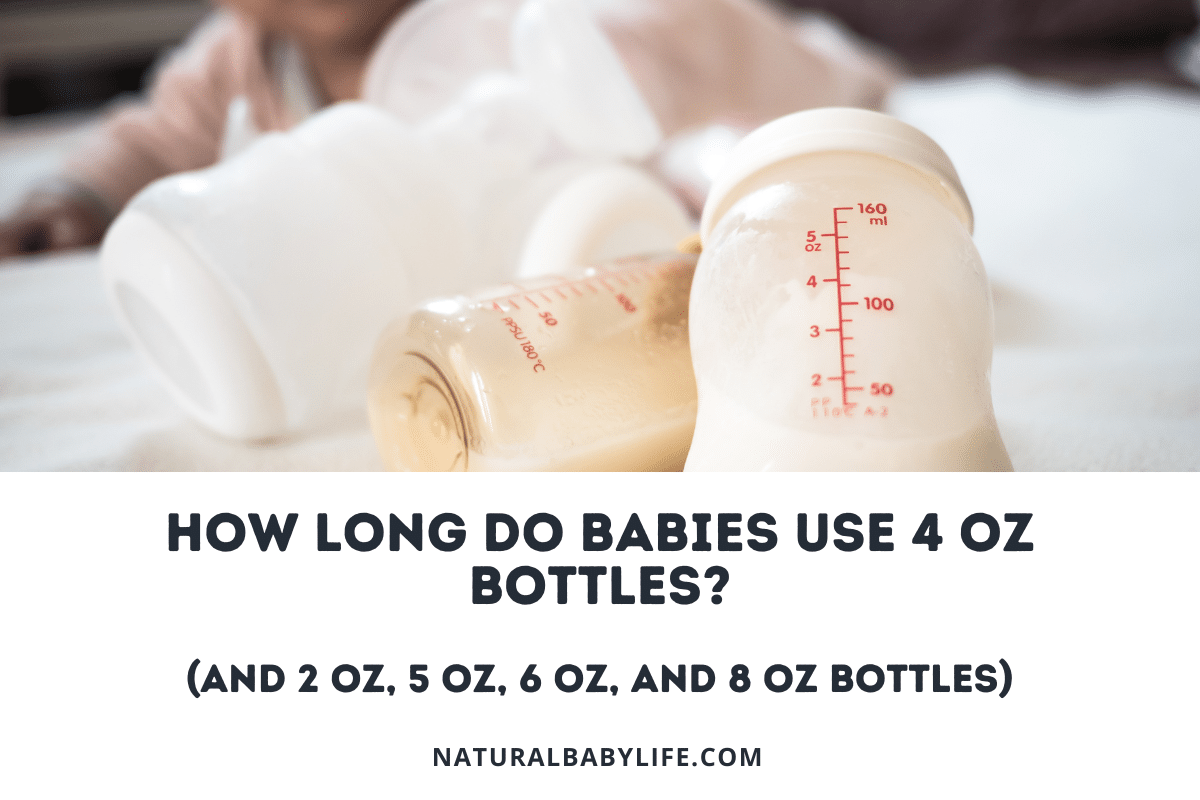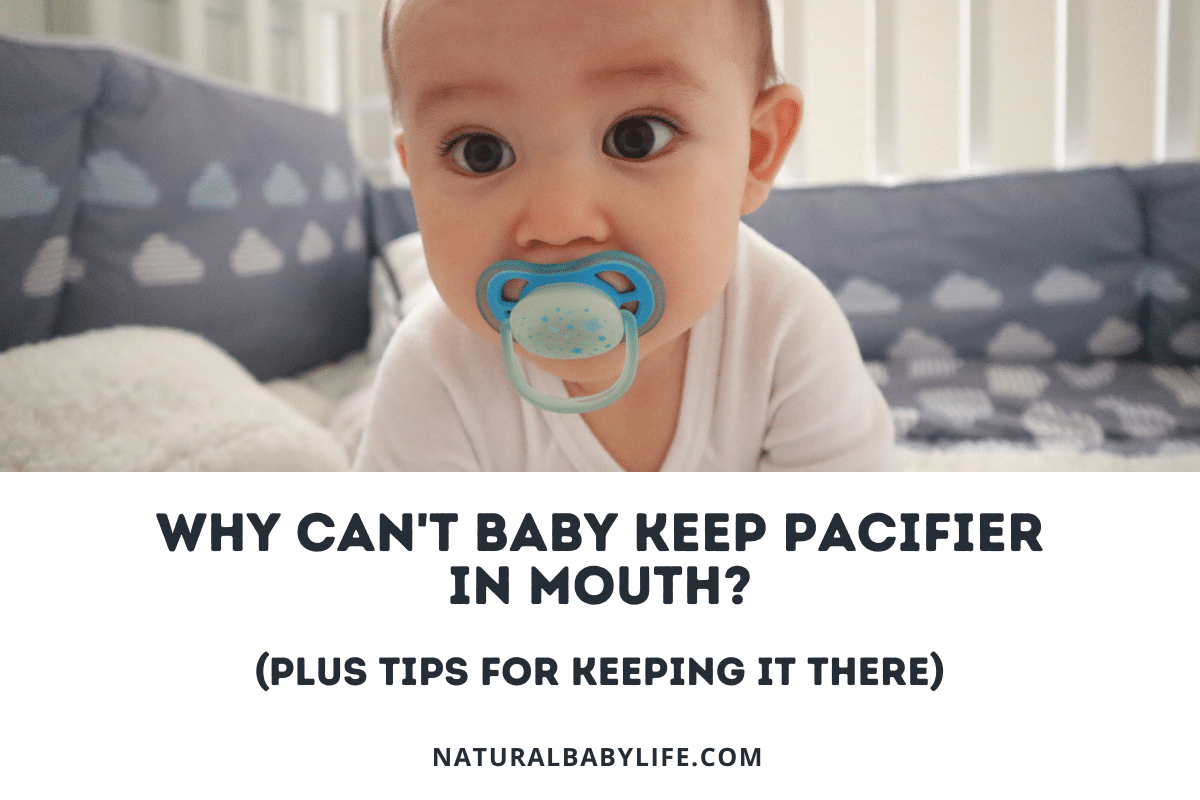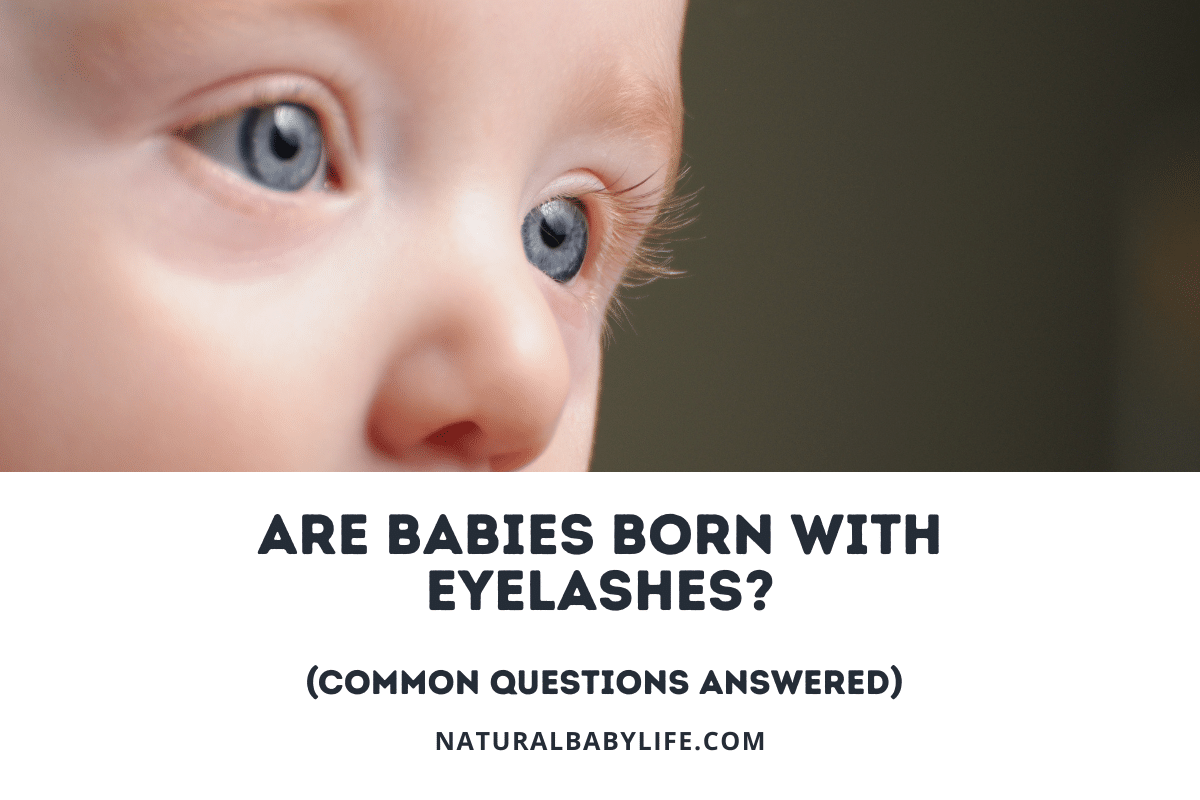Whether it’s to free us up in the kitchen or because we want to include our little one in more family mealtimes, the transition to a highchair is an exciting milestone for our babies. However, it is important that we don’t let our eagerness get in the way of what is safe for our little ones.
Most babies will be ready to sit in a highchair by the age of four to six months, but they must be able to keep their heads supported and sit up in the chair on their own. While some highchairs offer a reclining feature, this position could cause issues with feeding baby solids.
Let’s read on to discover more about the signs our little ones are ready for their highchair and how we can support their development if they aren’t quite ready to sit up on their own and transition to a highchair.
Table of Contents
When can baby sit in a high chair?
While there are some highchairs that recline back allowing younger babies to relax in them, it is recommended that babies begin sitting up in highchairs when they can sit on their own or with minimal support. This most often occurs between four and six months of age. Usually, this is around the same time your little one begins to eat solid foods.
If your little one cannot hold their head up or they do not have good control of their neck and torso they may not be ready to sit in their highchair.
A baby is ready for a highchair when they can hold their head stable without becoming easily fatigued and when they can control their torso in an upright position without inhibiting their breathing. Similarly, babies who can reach forward while sitting and maintaining their posture and airway safety are also ready for highchairs.
If your baby is only able to sit up because they are strapped into their highchair using the safety straps or harness, then they are not ready for a highchair. Safety straps exist to prevent your baby from falling out of their chair, not to hold up a baby who cannot support themself or their own airway or torso control.
Please note that your baby should have a slight anterior tilt while sitting in their highchair to ensure safe posture and alignment that will assist them as they begin eating. Posterior positioning will not allow for proper alignment or safety for a little one sitting in a highchair.
When can babies sit themselves up?
Babies often begin sitting up on their own around six months. However, there is plenty of wiggle room for this developmental milestone and some little ones will meet it sooner and some later.
Babies will begin sitting up with supports when they are around 4 months old. With time and practice, they will transition to a tripod sit. This is when they are able to sit up, but still lean forward most of the time to support themselves with their arms.
Then, usually around 6 months, you will begin to see your little one begin to sit up, without support, for just a few seconds at a time. Over time, these seconds will get longer until your little one is sitting up straight without support!
One of the greatest factors in this progression and development of this skill is posture. With better posture comes better balance and the ability to have a strong foundation for all forms of movement.
Babies will develop better posture as they begin to gain more control and strength over their heads, necks, and torsos. This is why babies will progress through varied forms of sitting until they are fully able to sit on their own. All of those weeks of using supports are helping the little ones develop their strength and control of these body parts, reinforcing their posture.
Similarly, purposeful movements are a sign that your baby is ready to begin sitting. This shows that your baby is gaining control of their body, which means they have some bodily awareness that will help them develop strength as they practice sitting. Body awareness will also help them learn from inevitable wobbling and toppling over that occurs while practicing sitting!
How to help your baby learn to sit up
Many of us parents may see our babies struggling as they learn to sit independently, however, this process of learning is vitally important for their development.
We know our little one is getting ready to begin sitting up when they have good control of both their head and neck (thanks, tummy time!) However, little ones do need help with sitting before they can do it independently.
At first, babies will need to be propped up with supports like towels, blankets, a nursing pillow, or some form of a “baby seat” in order to sit up. Many parents opt for a support floor chair or an assistive seat like a bumbo. However, some of these, especially the bumbo, has been critiqued by medical professionals for the lack of natural or progressive development they allow our little ones to have.
With this in mind, get on the floor with your little one to help them learn to sit up. With time and a lot of practice, just like with tummy time, your little ones will begin to grow stronger and learn to support themselves.
We may see our babies wobbling from side to side as well. This is normal! Similar to adults trying yoga for the first time, the balance and the strength it requires takes time and practice.
Just because babies wobble does not mean they are going to fall over (and even toppling over onto a soft, safe surface helps a baby learn). In fact, it is encouraged and usually helps them develop awareness of their body and how they need to position themselves to sit up on their own.
If your baby needs help with their balance practice, prop them up in the corner of a chair or couch. This will provide safety while also allowing for practice of this vital skill!
Please note, that a highchair should not be used to teach your baby how to sit up. Highchairs are designed for babies who can sit up independently and are therefore not recommended for younger infants who cannot support themselves. There is no need to put your baby in a dangerous situation when there are lots of options for little ones who are not ready to sit in a highchair yet!
What about a high chair for a baby that can’t sit up yet
Due to the potential safety risks involved it is not recommended that babies be placed in highchairs before they can sit up.
As of June 2019, there are also new standards for highchairs that will make it more difficult to place a baby in a highchair safely if they are unable to sit on their own or sit up while supported. The new regulations now require a three-point harness and distinct and separated openings for legs, among other changes to the older safety standards.
These standards limit the ability to add supports into a highchair to assist babies with sitting up. Meaning little ones will have more difficulty safely sitting in a high chair unless they are able to sit up either on their own or while supported.
For some parents this may cause frustration if they were hoping to utilize their highchairs sooner rather than later, however, for the majority of us, this can be seen as a relief as these new guidelines enhance safety for our babies.
Similarly, these regulations were put in place to limit deaths and injuries resulting from dangerous highchair use or standards. And we can all celebrate stricter guidelines that will decrease these unnecessary tragedies or accidents, even if it means delaying the start of highchair use for our newest little ones.
There is an exception to all of this though. If your goal for a highchair is to simply have your little one near you during meal times, or to make feeding a baby a bottle while you are also eating a little bit easier, then a reclining highchair can be a great option for you.
However, babies should never be reclined in a chair if they are attempting to eat solids and babies should not be sitting upright in highchairs if they do not have the body strength and control to support themselves.
If you are curious about hook-on or clip-on highchairs then you might want to check out an article I just wrote all about this subject. You can check it out here!
Is there a high chair age limit?
In general, it will be impossible for your little one to become too big for their highchair. If you can believe it or not, most highchairs have a weight limit of 50 pounds, a weight our babies and toddlers are unlikely to reach before they can sit at the dinner table.
However, if you’re eager to get your baby over to the dinner table so that you can all sit together for meals know that your little one doesn’t have to be in their highchair forever. Most littles can transition from highchair to booster seat around 18 months. However, the longer you are able to keep your baby in their highchair the better, especially if your little one remains unsteady or wobbly at the 18-month mark.
Similarly, there are space-saving highchairs that offer traditional highchair support while also allowing you to strap the highchair to a dinner table chair. However, your baby should not be able to touch the dinner table or rock the chair while seated in their highchair. Having an unstable surface for their seat or the ability to push off of a table or shelf while in a highchair are leading causes for highchair related accidents.
Overall, trust your parenting instincts with your little one and their highchair. Only you will be able to tell when your baby or toddler is ready to transition from their highchair to a booster seat at the dinner table. Thankfully, there is no rush since your little one shouldn’t reach the 50-pound limit until well after they have transitioned out of their highchair.
Are you wondering whether or not highchairs are actually necessary? Check out this resource that I created all about this subject along with great recommendations!

